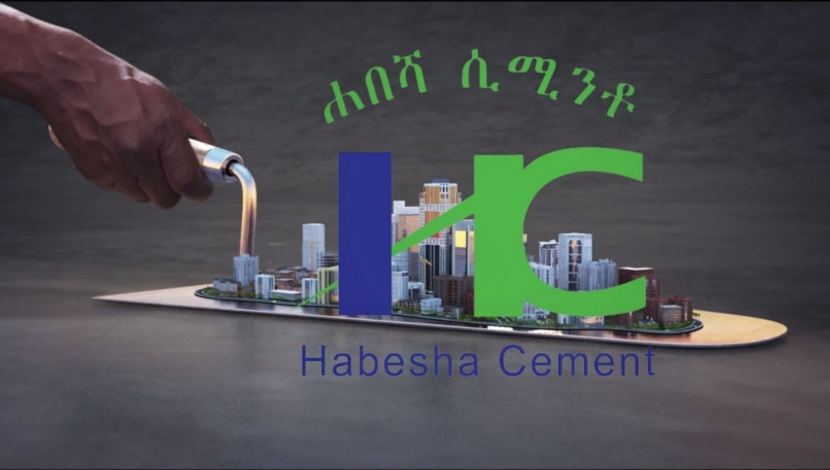

Ethiopia will continue to offer investors in the cement industry attractive incentives as it seeks to dominate the cement trade in the wider East African region.
Cement production in the Horn of Africa nation has increased tenfold over the past decade, due to the entry of new investors attracted by incentives like cheap electricity, government-provided land and tax incentives.
“Government will continue to support investors in the cement industry by providing them with clean energy, logisticsinfrastructure and human resources, among others, to help them become competitive in the international market,” said Prime Minister Hailemariam Desalegn when he commissioned a plant owned by Habesha Cement, a JV involving South Africa’s Industrial Development Corporation and Pretoria Portland Cement, as well as local shareholders.
It is the newest cement factory in the country.
The Habesha plant’s commissioning increased Ethiopia’s cement production capacity to 16.4-mmtpa, ten times more than ten years ago. The production surge has enabled the country to meet its domestic needs and also export to neighbouring countries.
Ethiopia aims to produce 27-mmtpa by 2020, making it an African powerhouse in cement production and a key exporter of the material.The commissioning of Habesha Cement comes barely two years after the opening of Dangote’s plant in the country, which has 2.5-mmtpa and is the biggest in East Africa.
The Habesha plant, constructed at a cost of $155-million by Chinese company Northern Heavy Industry, has a1.4-mmtpa production capacity.Besides Habesha and Dangote, other cement manufacturers in Ethiopia are Mugher, Messebo, Derba Midroc and Ethio Cement.





